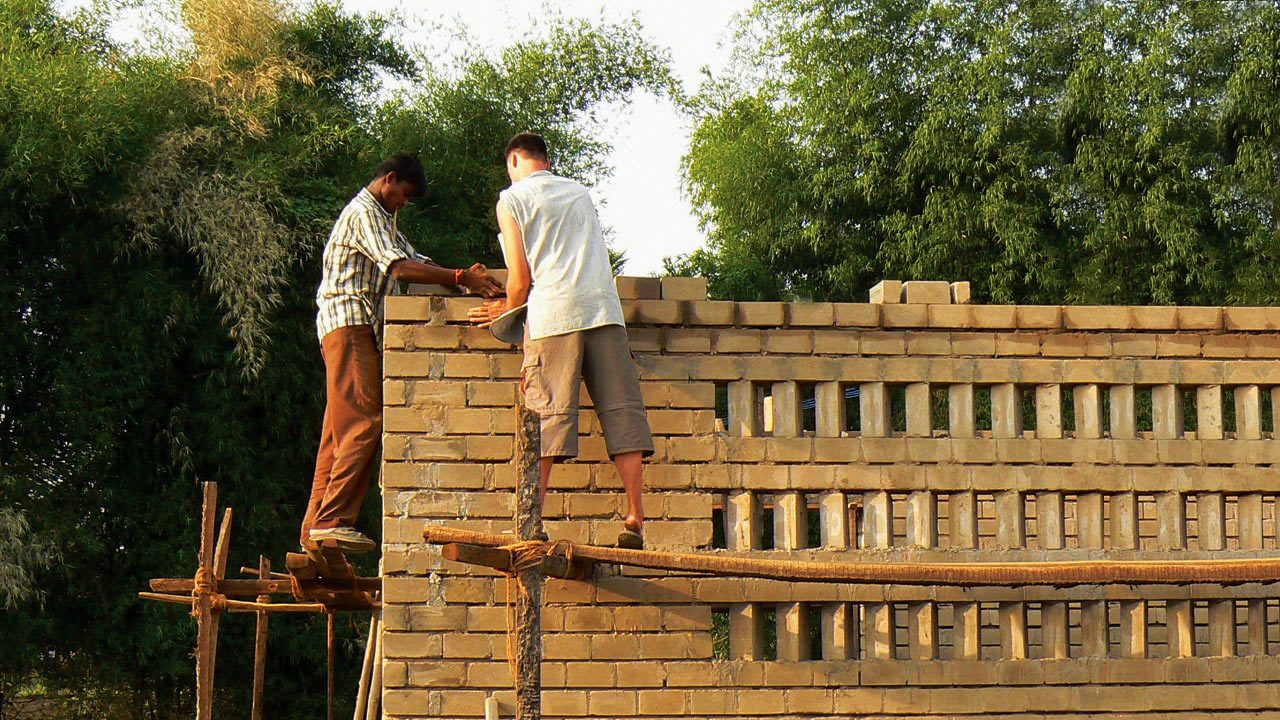Imagine a wall in Nepal made of different-sized mountain stones mixed with old cement, contaminated water and in the wrong proportions. How can we test its strength and safety?
We know everything about how to make a high-tech skyscraper earthquake-resistant. But we have no reliable building codes for a simple house made of natural materials in earthquake-prone areas. This is unacceptable.
It is important to use less carbon-intensive materials to fight the environmental crisis. Therefore, we need to focus on natural building materials and learn more about Nature Based Solutions (NBS). With the increase in disasters such as earthquakes and floods, it’s crucial that we find these solutions to improve overall construction safety.
Our in-depth research shows that the available information in national codes, technical regulations, and practical manuals for non-engineered structures around the world is not fit for purpose.
Smart Shelter Research is focused on finding these clear answers through research, development, testing and state-of-the-art calculations. Our scientific approach is unique and has not been studied in such detail before. In our calculations, we include the influence of local building materials and workmanship. With the results, we develop reliable building codes and simplified practical field manuals.
Together we can make a big difference!
Join our research assignments and SMARTnet project.




